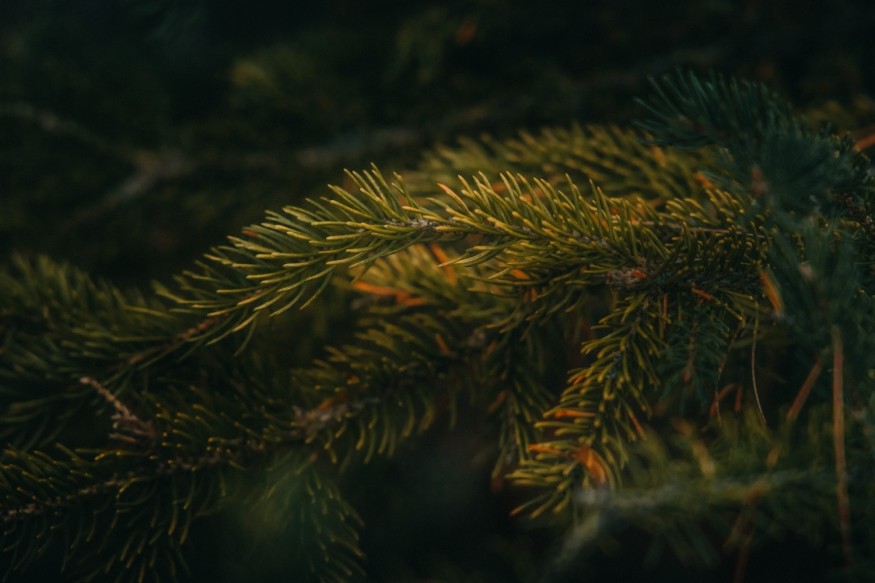Coniferous trees are known for their very thin, need-shaped leaves that do not fall off, unlike deciduous trees. Also called evergreens, conifer trees do not bear flowers but produce cones, which their given names are based on. There are hundreds of species of conifers now, including in North America, where they dominate the coniferous forest biome, also known as taiga or boreal forest.
Coniferous trees like pines and junipers are often compared with deciduous trees, which by nature are giant flowering plants. In contrast with conifers, the leaves of these flower-bearing trees such as oaks and maples fall off, since every fall season these trees shed their leaves. Conifer trees are native to the Mediterranean region but they can also be found and planted in other parts of the world.
What are Characteristics of Conifers?

Coniferous trees, as mentioned earlier, stand their ground throughout the year, as they hold on to their need-shaped leaves and cones no matter the season. However, experts also say that there are some trees that look like conifers, having the same leaves and cones. Yet, these said trees must stop their disguise and shed their leaves and cones during the fall, according to experts.
Aside from pine trees and juniper trees, below are some of the known species of conifer trees:
- Cypress
- Cedar
- Larch
- Hemlock
- Spruce
- Firs
- Redwood
- Douglas Fir
- Yews
- Kauri
In total, there are more than 600 species of coniferous trees in current botanical records, some of these tree species have resemblance and difference with each other. Another characteristic or morphological feature of conifer trees is that they can reproduce from their cones, which all conifers possess.
Difference Between Deciduous and Coniferous Trees
Now that we know the characteristics of conifers, deciduous trees on the other hand have distinct features aside from their annual falling leaves. For instance, most deciduous trees have broad and flat leaves, which help the plants to take in enough sunlight for photosynthesis. These types of trees also need enough water and warm temperatures, as well as adequate rainfall, to survive.
These so-called 'broadleaf trees' grow in many parts of the world, with known tree species such as the:
- English oak
- Silver maple
- Quaking aspen
- Sweetgum
- White oak
- Paper birch
- American elm
- Red maple
- Sugar maple
These flowering trees are mostly classified as angiosperms, the largest and most diverse group in the Plant Kingdom or plantae, consisting of 300,000 species of flowering plants. Unlike coniferous trees that rely on wind for pollination, deciduous trees are dependent not only on wind but also on insects as their agents of pollination.
Furthermore, deciduous trees halt their growth and food production once their leaves fall off. These trees only resume their activities once temperatures rise and receive enough rainfall. Regardless of their tree classifications, coniferous trees and their broadleaf counterparts are both vulnerable to the impacts of climate change and human activities, including expansion of land use and illegal logging that results in deforestation.
© 2025 NatureWorldNews.com All rights reserved. Do not reproduce without permission.





